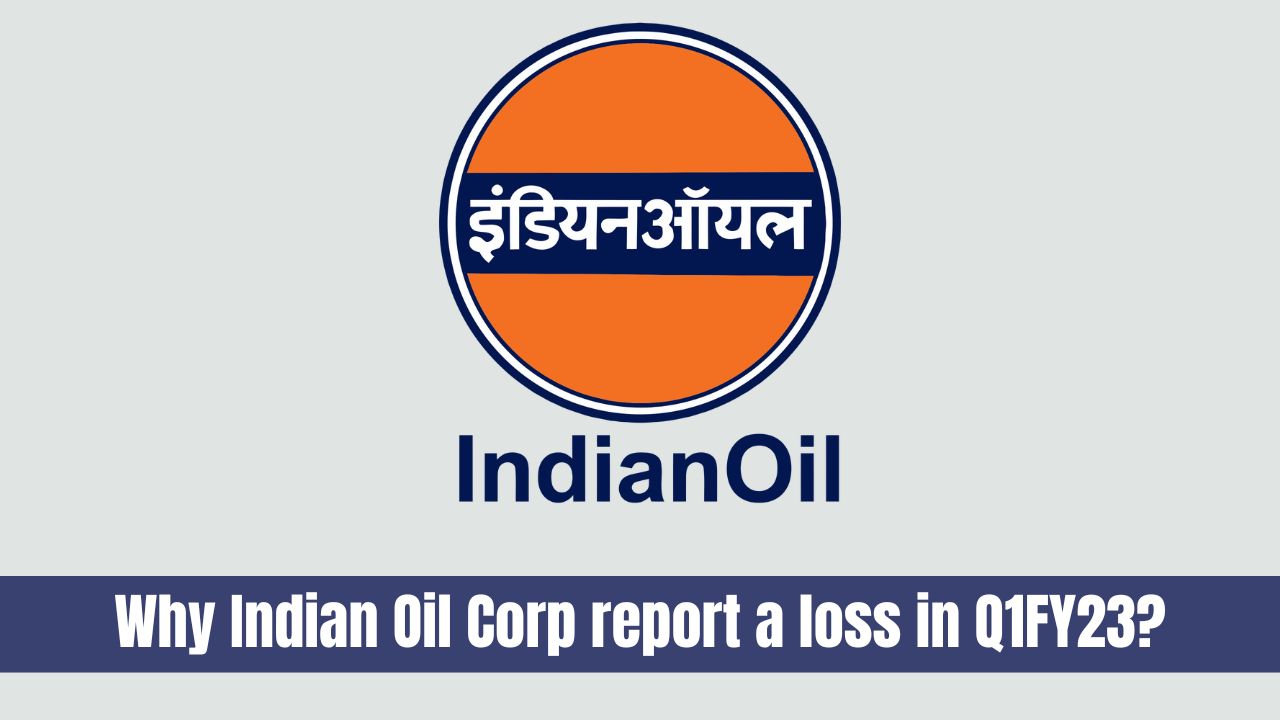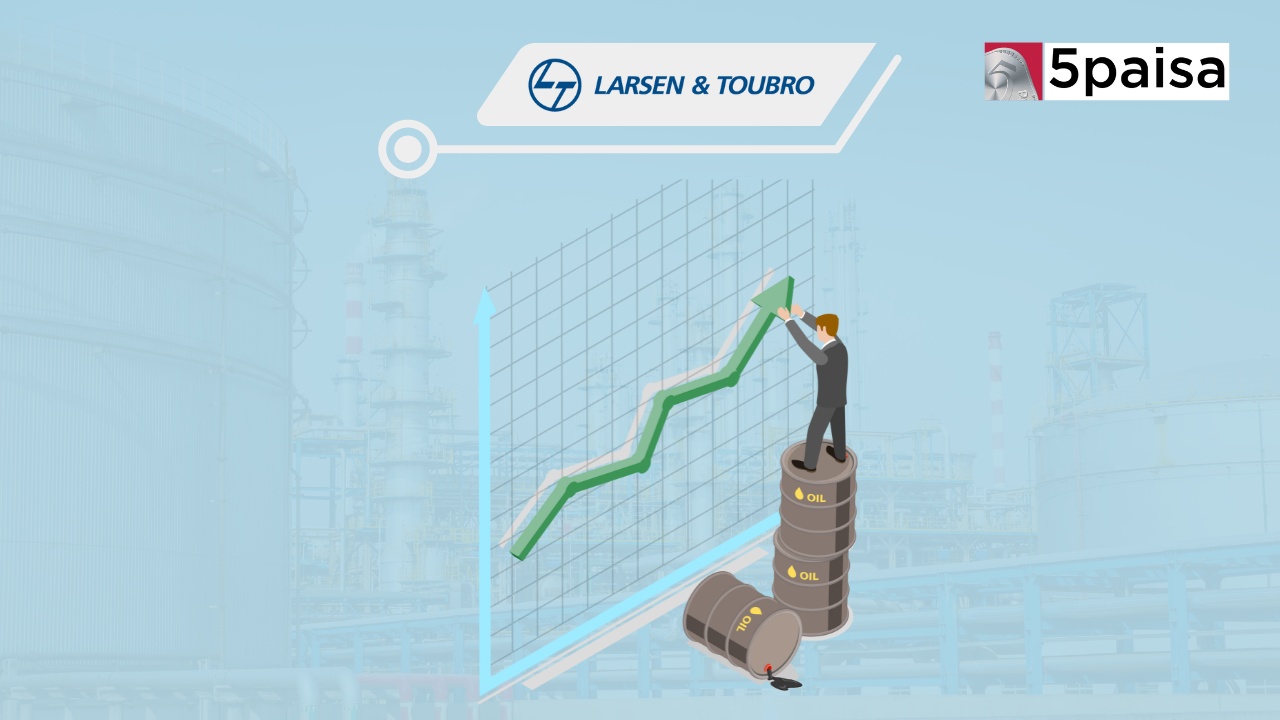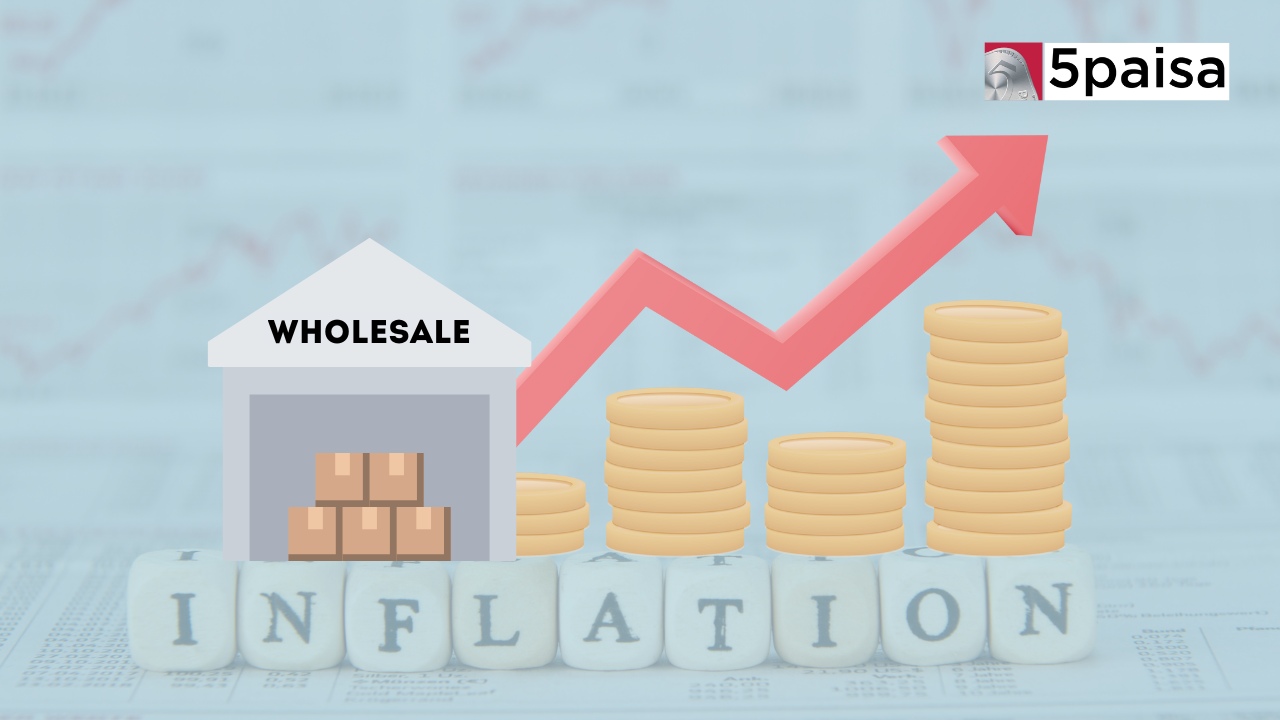Why Indian Oil reported big losses in the June 2022 quarter?

It is not often that you see an oil refining company making losses when the gross refining margins (GRMs) are at a high of $31.8/bbl. However, these are not normal times and IOC paid the price of losing heavily on its marketing margins. In fact, just to understand the numbers, Indian Oil Corporation sold petrol at a loss of Rs10 per litre and diesel at a loss of Rs14 a litre in the June 2022 quarter. The burden of these marketing losses were so huge that they more than offset the positive impact of record GRMs.
So, don’t be surprised as to why IOC reported a net loss in the June 2022 quarter. It was largely due to the losses on marketing margins as explained above. In fact, for the June 2022 quarter, IOC reported a net loss of Rs1,992.53 crore. This is in stark contrast to a net profit of Rs5,941.37 crore in the Q1FY22 quarter and a much heftier net profit of Rs6,021.9 crore in the sequential Q4FY22 quarter ended March 2022. The pressure was evident from the fact that IOC’s standalone EBITDA fell 88% to just Rs1,359 crore, despite GRM at $31.8/bbl.
Needless to say, the fall in earnings in the June 2022 quarter for IOC was triggered by a sharp fall in retail fuel margins for petrol and diesel due to the company selling at prices much below their recovery cost. It is estimated that the estimated net loss stood at Rs10 per litre for petrol and Rs14 per litre for diesel. In addition, the company also incurred an inventory loss of Rs1,600 crore on account of excise duty reduction in the quarter. The negative marketing margins more than offset the GRM gains for the quarter.
Normally, the fuel retailers in India viz. IOC, BPCL and HPCL keep revising the prices on a daily basis based on the shifting price of crude. However, to avoid excessive burden on the consumers and to avoid runaway consumer inflation, the government asked the oil retailers to go slow on price hikes. However, that is where the dichotomy came in. For instance, the basket of crude oil that India imports averaged $109/bbl, while the retail pump rates were selling at prices aligned to crude costs of around $85/bbl. That is what caused the loss.
Incidentally, this has triggered the first loss for IOC in the last 2 year with the last loss reported in the March 2022 quarter at the peak of the COVID crisis. At that point of time, IOC had reported a net loss due to inventory losses on processing costlier crude. However, things are changing for IOC now. For instance, although GRMs are down sharply to about $11.8/bbl, the marketing margins have improved considerably due to lower product prices and crude stabilizing closer to $100/bbl in the Brent market. GRMs could hold the key.
Here is what you need to know technically about why IOC booked a loss in the June 202 quarter. Normally, oil companies like IOC and BPCL calculate a refinery gate price based on import parity rates. If the marketing division sells at less than these refinery gate prices, then there is a clear loss on marketing margins to the downstream oil companies. In the Indian context, while oil prices are an economic decision, that is only applicable in normal conditions. At extremes, it does become a political decision, rather than economic decision.
- Flat ₹20 Brokerage
- Next-gen Trading
- Advance Charting
- Actionable Ideas
Trending on 5paisa
06
 Tanushree Jaiswal
Tanushree Jaiswal
Indian Market Related Articles
Disclaimer: Investment in securities market are subject to market risks, read all the related documents carefully before investing. For detailed disclaimer please Click here.
 5paisa Research Team
5paisa Research Team




